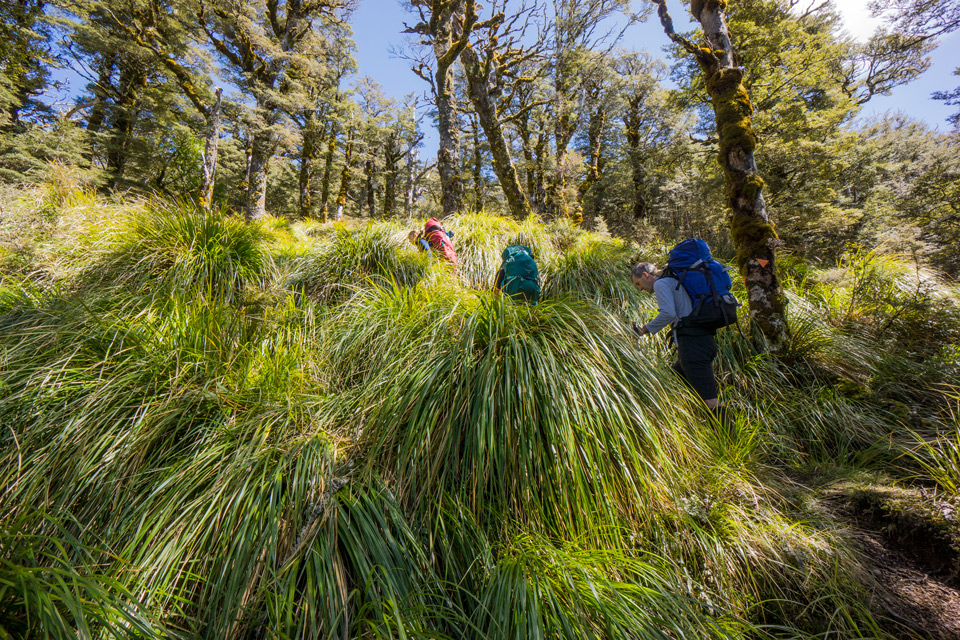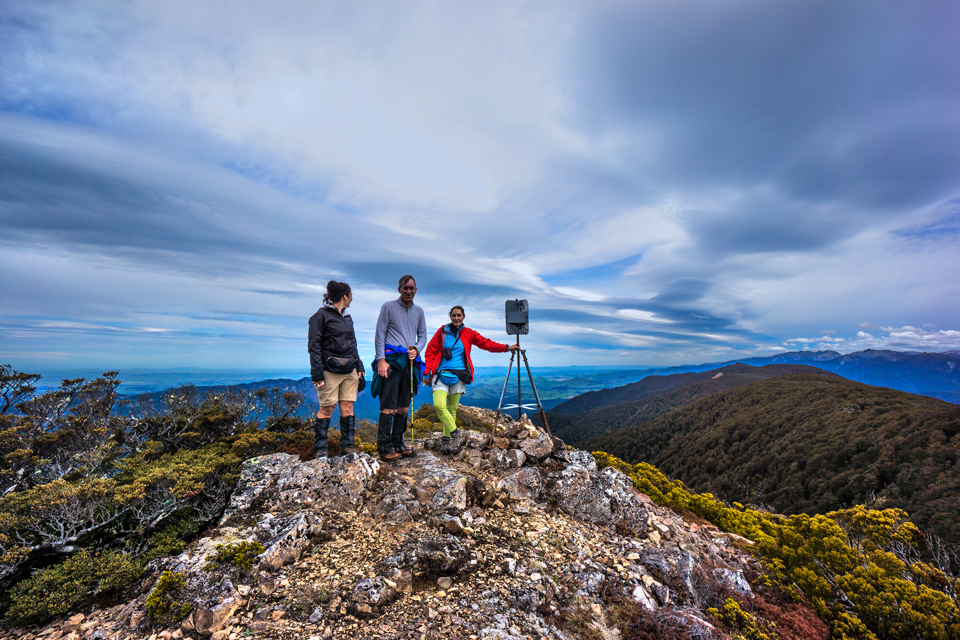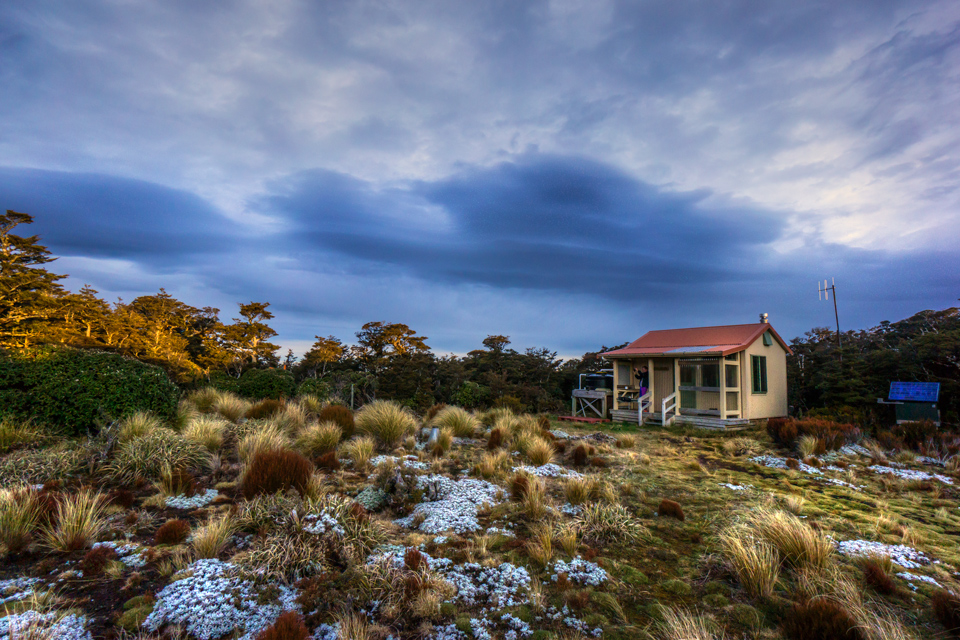Are you a ‘peak bagger’ a ‘hut ticker offer’? Do you love going out into the bush to satisfy your personal desire to experience our beautiful natural heritage? Let’s face it; unless you are leading a trip helping others, tramping is done for our own selfish reasons of personal enjoyment and experience. And there is nothing wrong with that – we do have exceptional places of natural beauty in this country to enjoy and appreciate and I believe the world would be a better place if more people did appreciate it. Fortunately, there is however, a way that you can satisfy this need and contribute to helping protect and maintain this heritage for you, others and the future. That’s right, you can help protect the environment that gives you so much. Sign up for a trapping trip!

The WTMC maintains a stoat trapping line in the Ruahines. This line is there to try and help the survival and expansion of the local blue duck/whio population.
The whio/blue duck is unique to New Zealand and one of only three waterfowl species in the world that the live year round on fast flowing rivers. They obtain all their food on the river, raise their young on the river and nest on the river banks. This makes them vulnerable on two major fronts: habitat destruction and predation by stoats and rats. The International Union of Conservation for Nature (IUCN) classifies whio/blue duck as endangered.
The trapping line maintained by the club needs to be checked at least monthly. This involves removing any predators caught in the trap, rebaiting and resetting the trap and recording details. The location of the trap line means that there are different trip options. There are easy, medium and fit trip options and if you are ‘Überfit’ you may even be able to do the whole line in one trip. Now there is a challenge for some of you!
As for me, not being in the Überfit (or even medium of fit) group, I opted for the easy trapping trip on the weekend of Nov 14 and 15. After a fresh night sleeping under the stars at Sentry Box Hut (you can sleep in the hut) we set off not too early in the morning on the Parks Peak track. The name does lend the information that there are peaks involved and hence some ascent may be involved. Luckily for me, I was so interested in the trapping aspect of the trip, I failed to notice until I actually starting going up, and up and up. I admit I found this challenging – in a good way. Once at the top the views were spectacular and the weather that day was very good. A few ominous lenticular clouds started floating in during the day.

At the top was where our trapping detail started. We dropped our packs off the track, donned our trapping utility belts and checked the traps along the ridge top, splitting into pairs to leap frog each other for efficiency.

After a side trip to the trig point at 1,368 m, we picked up our bags and walked the 40 minutes to Park Peaks Hut taking in the superb views of Ruapehu and Ngaurahoe along the way. What a great little hut this is. It is quite new and has a great fire in it, which was just what we needed as it was getting cold. Tony and I checked the last few traps near the hut while Carol and David magnanimously kept the home fires burning and cooked dinner (which was delicious, thanks guys).

The lenticular clouds had indeed heralded the arrival of some wind and rain. The wind howled outside the hut and the rain pelted the windows during the night. It gave a somewhat worse impression of what actually awaited us for the walk down in the morning. The descent was something I had tried to ignore for as long as possible as I remember it being fairly steep. However, the rain was not so bad and with the offer of Tony’s walking pole, bum sliding was kept to a minimum.

This was definitely the most rewarding trip I have been on. I would have felt satisfied with the tramp, the location and the views had it just been another club trip, but having an actual purpose along the way made a real impact. I would recommend and urge all club members to participate in this worthy cause if they can. This trip can be made into an ‘easy’ club trip because it is not a long track and so you can tailor it to your needs; have lots of rests if you want, take your time, enjoy the views, and if you happen to like keeping your feet dry, this is the trip for you – no stream or river crossings on this section.
Our Grand Stoatal of 16 stoats (eight from our easy group and eight from the medium-fit group) shows they are still out there and a continuing threat to the whio/blue duck.
The hut is very cosy, views spectacular and for peak baggers there is the trig point. The goal of trying to help the conservation of the unique whio/blue duck is well worthwhile and something club members can help with. Help protect our unique natural heritage that has given you so much. Join a trapping trip and give a little back.
